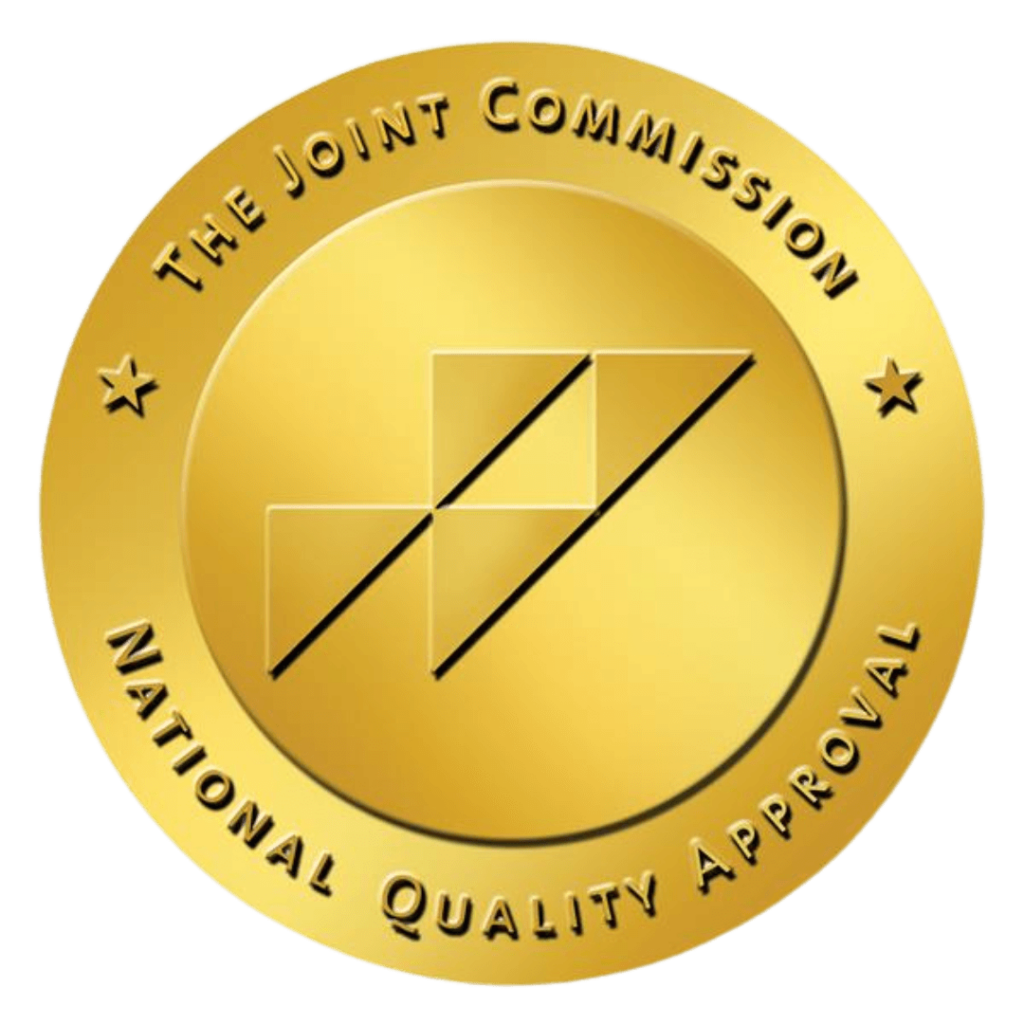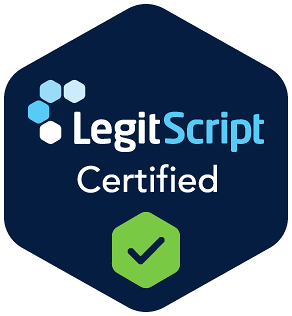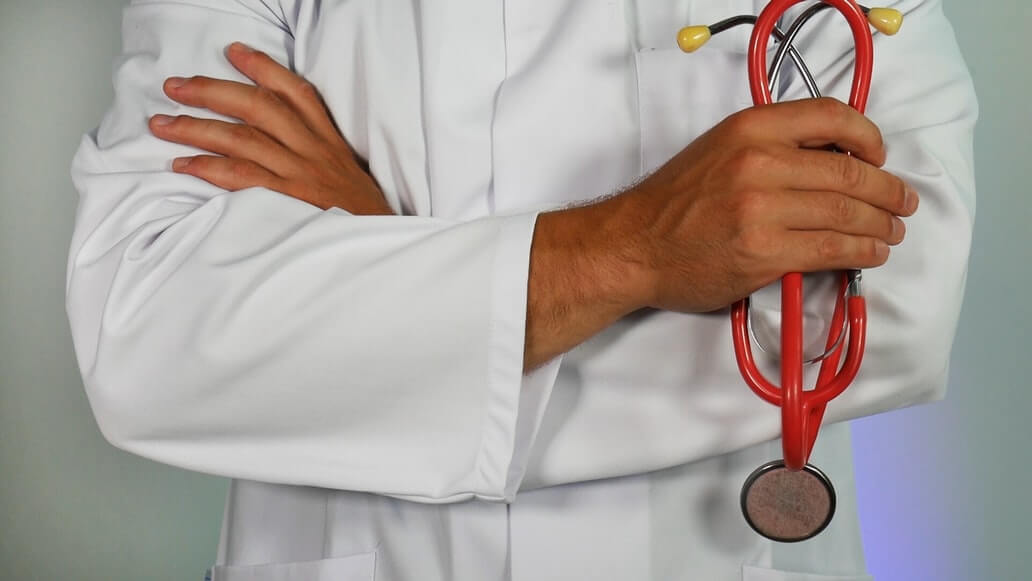
Addiction is a serious matter. In the United States alone, prescription drug abuse has become a national epidemic. According to the most recent reports from The Substance Abuse and Mental Health Services Administration (SAMHSA), prescription drugs account for more overdoses than all other illicit drugs combined. If this isn’t terrifying enough, prescription drug abuse is on the rise. With prescription medication easily accessible to anyone with a prescription or someone willing to sell it illegally, there’s no wonder that people everywhere are becoming addicted.
As prescription drug addiction treatment centers work to combat this growing issue, they’re finding new ways to help those who suffer from dependence on legal medications find relief from their addictions as well as find lasting recovery.
Rewind to the Beginning
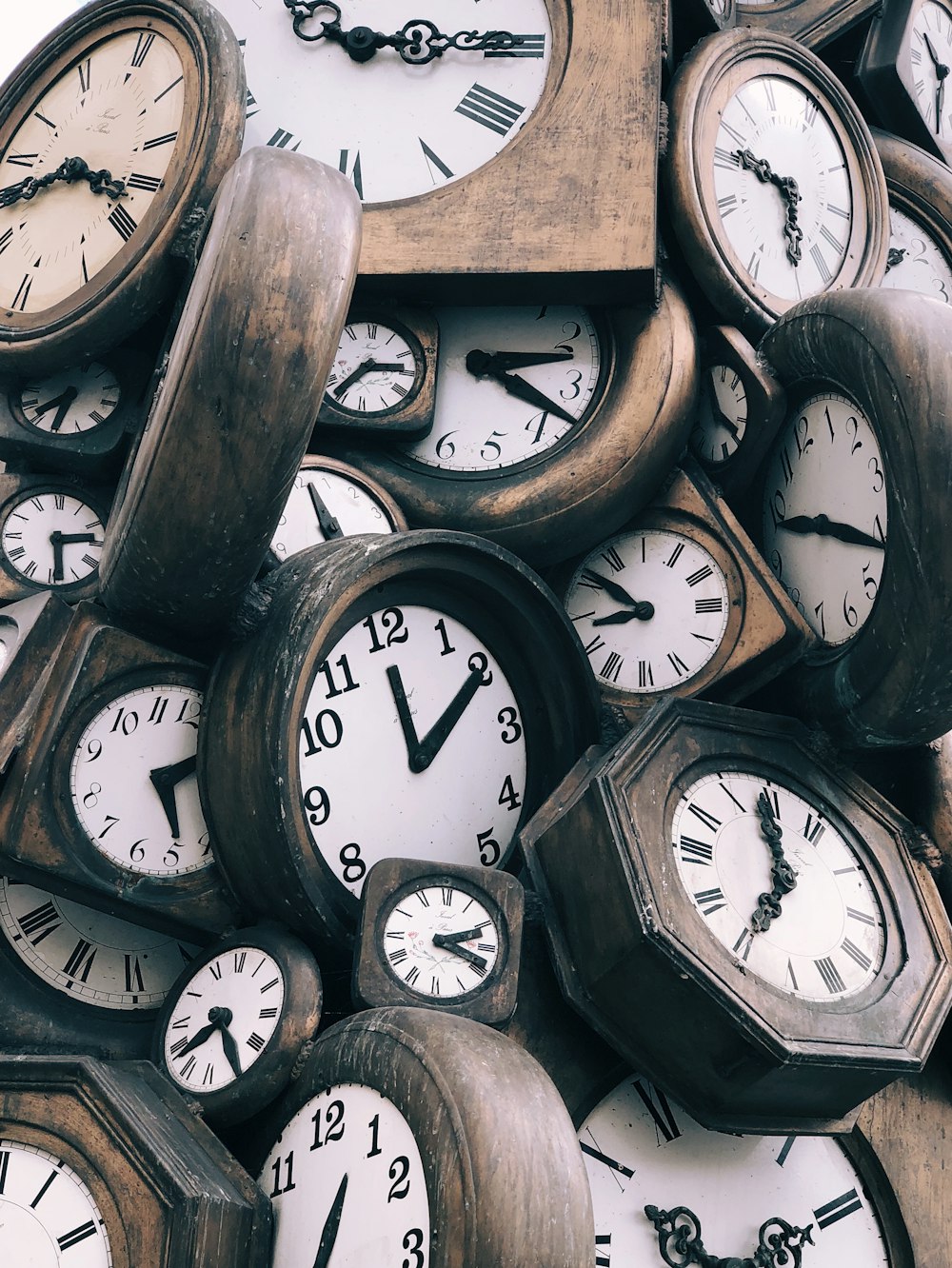
Prescription drugs started as prescription medications, then were upgraded to prescription drugs. The first prescription drug was morphine, a derivative of the poppy plant. With people finding it difficult to procure opium at the time due to its illegal status, morphine became an appealing alternative. Eventually though, as many prescription drugs do, morphine became a street drug known as heroin and the prescription medication category was born.
The Drug Enforcement Administration (DEA) divides prescription drugs into five distinct categories:
- Opioids – Painkillers such as oxycodone or hydrocodone
- Central Nervous System Stimulants – attention deficit disorder medications such as Adderall or Ritalin
- Central Nervous System Depressants – Sedatives or sleep aids like Valium or Ambien
- Hallucinogens – LSD, mescaline, and psilocybin (a chemical found in hallucinogenic mushrooms)
- Inhalants or Solvents – Common examples include paint thinner, glue, and aerosol sprays such as hairspray.
Though prescription drugs are typically used for medicinal purposes, prescription medication addiction treatment proves that it can be just as dangerous when not taken properly
The Paradigm Shift
When prescription drugs increased their popularity, It was because people started using them for recreational purposes. In 2013, the Centers for Disease Control and Prevention (CDC) reported that prescription drug overdoses have increased significantly, more than tripling since 1999. With prescription drugs now responsible for about 15,000 deaths a year, prescription medication addiction treatment is becoming increasingly important as we take a closer look at prescription medications and how they’re changing the addiction treatment industry.
As prescription medications become popular with those who aren’t taking them as prescribed, treatment centers are shifting their focus to include those looking for help quitting prescription drugs as well as those addicted to illegal substances such as heroin or cocaine. By treating both types of addictions at once, these centers hope to not only relieve people of dependence on illegal substances but also dependence on prescription medications.
The idea is that addiction treatment centers will take prescription drug abusers and treat them for their dependency, then when they’re healthy enough to move on. Prescription drug recovery programs like prescription medication, addiction recovery, help recovering addicts stay clean by following up with support groups like Narcotics Anonymous (NA), in order to keep the person away from addictive substances in their lives.
The Present
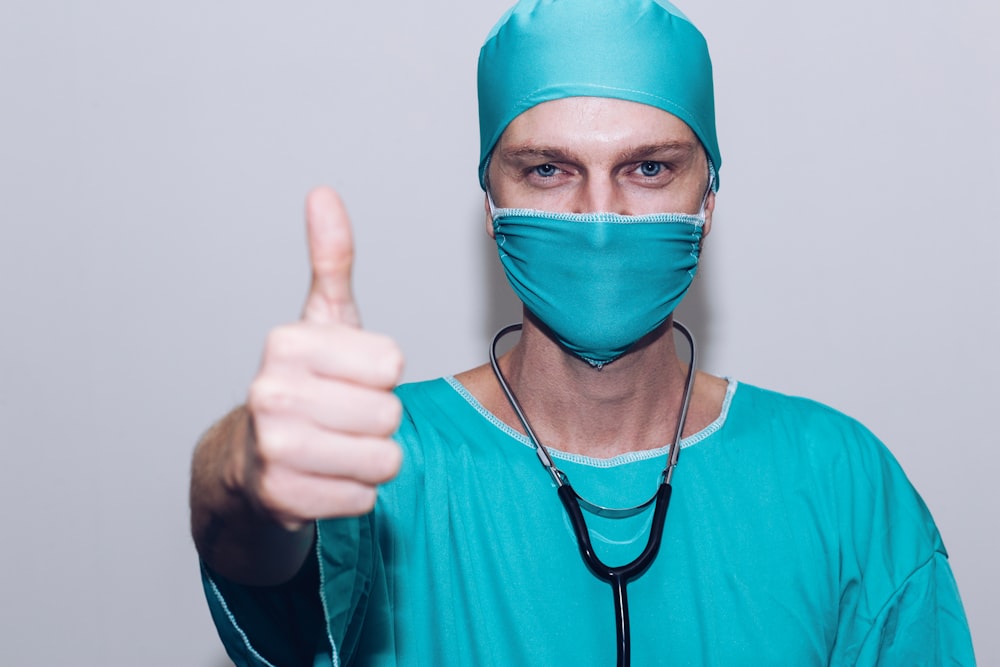
As more people become aware of the dangers of abusing illegal substances such as heroin and cocaine, many turn to prescription medications instead because they’re readily available and easily accessible. Prescription medications are prescription drugs that, when taken properly for treatment, can be beneficial to the body.
Prescription drugs work differently on individuals than they do illegal substances such as heroin or cocaine because while illegal substances go straight into the bloodstream, prescription drugs must first pass through the digestive tract where they’re broken down by enzymes in order to enter the bloodstream. This change in how it enters the body causes prescription medications to harm internal organs more than illegal substances.
What’s more, prescription medications have a higher potency than illegal substances. And legal substances such as prescription medications are controlled and regulated by the FDA. Making them readily available and more accessible in comparison to illegal substances increases their risk of causing an overdose.
According to The National Institute on Drug Abuse for Teens, there were almost twice as many deaths from overdoses of prescription painkillers than heroin from 2000-2009. Treatment centers across the country are addressing this prescription drug epidemic by expanding prescription drug rehabilitation to include those who have an addiction to both prescription medications and illegal substances.
Prescription Medication Addiction Treatment Centers Are Expanding Their Focus
There are prescription drug detox programs available all over the country in order to help those individuals begin their journey of recovery from prescription medications.
However, now that more people are abusing prescription medications than illegal substances. Some of these same rehabs are also beginning to offer support groups like Narcotics Anonymous (NA), prescription medication addiction therapy, or prescription drug detox in order to provide all-inclusive care that helps recovering addicts stay clean during their recovery.
Conclusion
Living with a substance use disorder is hard enough for those who continue using substances – no matter what they are.
If you know someone or you are struggling with drug addiction, you should look for a reputable prescription drug addiction rehab center to help you. A good center is Restore Center LA. We provide help to those addiction victims and help them recover and get back on their feet. To schedule an appointment, you may call us on our phone number or visit our website.


